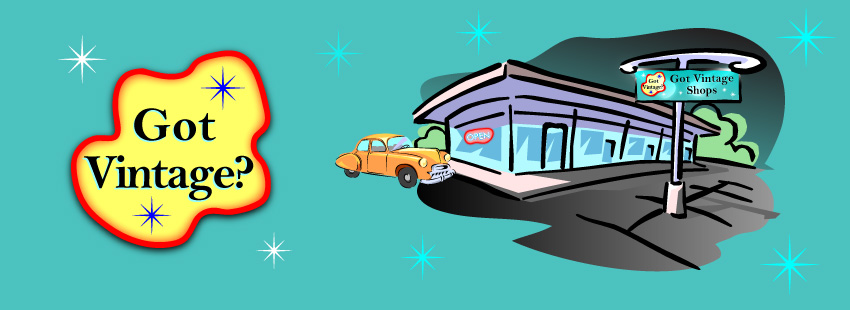With Sandy threatening the East Coast here is some timely advise for home businesses...
I grew up in the Midwest, in the heart of tornado alley and along the New Madrid fault line. I know what to do in tornadoes and earthquakes. Mostly it’s “duck and cover” sprinkled with a dose of “pray”. You don’t have time to think or prepare. Tornadoes and earthquakes both hit and run – you might get a few minutes’ warning to head to the basement or storm cellar with a tornado.
A hurricane was new to me. We could sit, glued for days to weather reports on television and the internet, and watch Hurricane Irene inch her way toward us. Where would she go? How strong would she be when she gets here? How high will the winds be? How much rain will fall? It seemed to be anyone’s guess. Of course, some guesses were more educated than others.
We made certain we had plenty of bottled water for drinking. We stocked our pantry shelves with staples like peanut butter and crackers. The pet food was restocked. Large containers of water for household use were gathered in a safe place. Batteries, candles, propane, medications … everything we were told were essential to survive.
And then Hurricane Irene arrived. She wasn’t as forceful as they predicted, but she was certainly strong enough for this girl’s first Hurricane! The huge changes in barometric pressure triggered a migraine (glad I had my medication!). We lost power with the first tree that went down at 7:00 p.m. Our only access to the outside world was our cell phone, which also has “smartphone” technology.
As a Ruby Lane shop owner, I knew to put my shop on vacation. I also added information to my shop’s information page that we were visited by Hurricane Irene and were without power. Our loyal customers were welcome to shop and we would ship as soon as possible.
The morning after Hurricane Irene hit us, we stumbled around the neighborhood – all our neighbors came out with the same shell-shocked look on their face. Hair unkempt, exhaustion in their eyes, wearing whatever they threw together. We made sure everyone was safe, that no people or pets were harmed. The next order of business was to make our roads passable so emergency vehicles could access our homes if necessary. The only sounds we heard that morning were the engines of chainsaws. Those who didn’t have a chainsaw grabbed limbs and branches and began the task of clearing the roads by hand. Then the driveways. Then entire neighborhood worked together until everyone had safe access to the roads and to the greater community. Generators started to hum. We all began to assess the damage to our homes and property.
While our neighborhood suffered extensive tree loss and complete loss of power, the damage to homes was minimal. As we heard over and over from friends and neighbors “It could have been so much worse, if that tree had fallen this way or that way we would have lost everything!”
As a small business owner, with my inventory stored in my home, I had to stop and think about what that means as I prepare for the next natural disaster (and I’m sure there will be a next!).
 My
means of communication with my business and customers is through the
internet and my computer. Are my files backed up in case of computer
damage? There are online sites that allow for backup so the records can
be restored to any computer. If my home is damaged, do I want my backup
files on my property along with my computer? If my backup files are on a
disk, which is sitting on the same desk as my computer and a tree falls
through the roof into my office, then I lose both my computer and my
backup files.
My
means of communication with my business and customers is through the
internet and my computer. Are my files backed up in case of computer
damage? There are online sites that allow for backup so the records can
be restored to any computer. If my home is damaged, do I want my backup
files on my property along with my computer? If my backup files are on a
disk, which is sitting on the same desk as my computer and a tree falls
through the roof into my office, then I lose both my computer and my
backup files. Is my computer on a surge protector that is strong enough to protect it? If my computer is damaged in a natural disaster, will my homeowners insurance cover repair or replacement of my computer?
Then there is the question of my inventory: is it stored safely? Will it survive a natural disaster, such as an earthquake, tornado or hurricane?
If my inventory doesn’t survive, would my homeowners insurance policy cover that loss?
While we might have coverage for our home’s personal contents, is the dollar enough high enough to absorb the cost of re-stocking our inventory? Is there a separate endorsement we should have to cover our small business inventory against loss?

These questions need to be asked now. A discussion with your homeowners insurance agent and/or company may be in order. It’s time to pull out homeowner insurance policies and find out exactly what they say. Take the time to read them carefully, and ask questions of your insurance agent and/or company if you don’t understand.
About the Author
Cathy Heidemann Overfield is on Staff at Got Vintage Shops and owns and operates Charmed Life Collectibles on Ruby Lane, and Charmed Collectibles on Etsy.
























